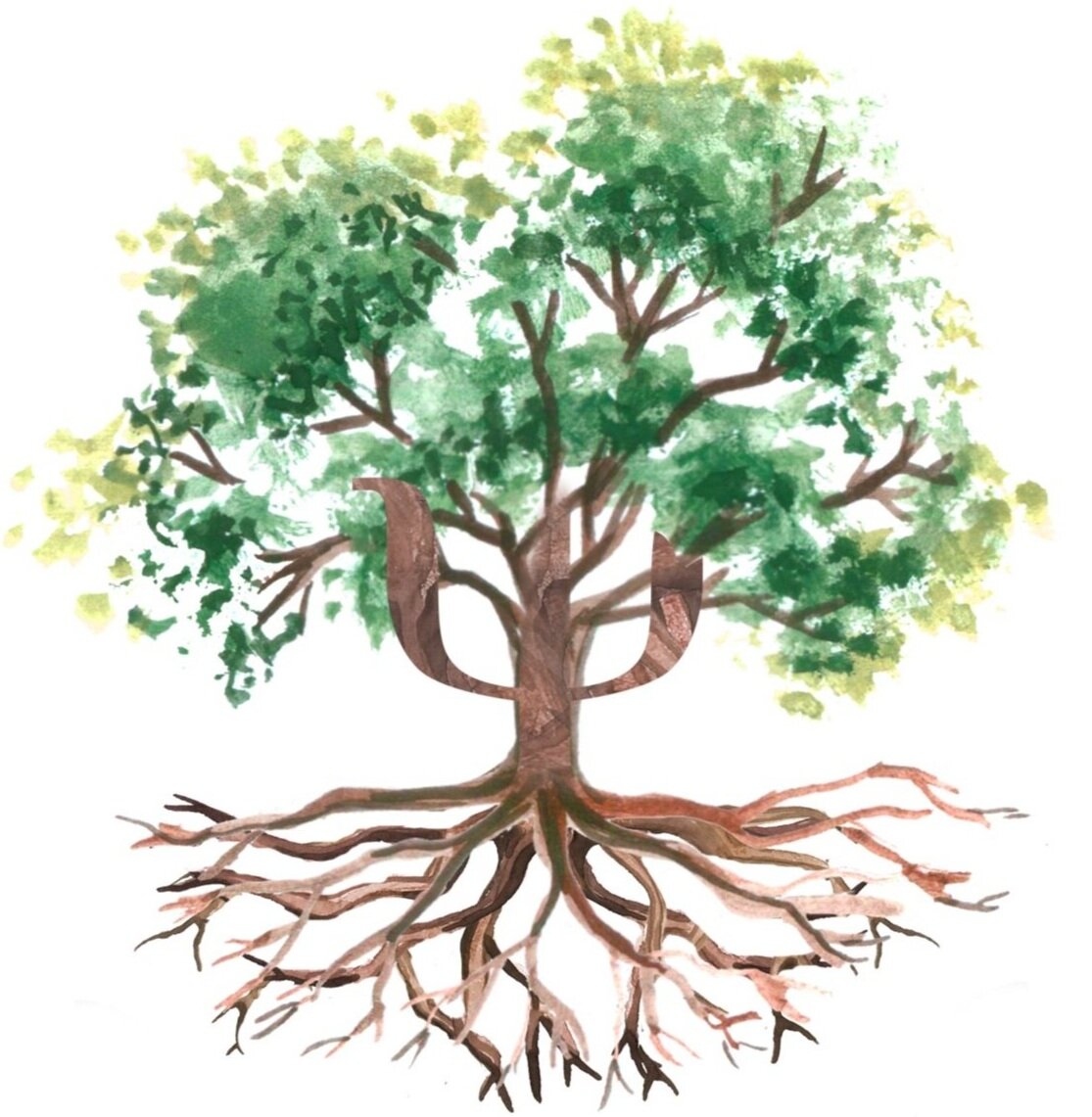TRAUMA AND STRESS DISORDERS
Complex PTSD (c-PTSD)
When we experience an immensely shocking, scary, traumatic, or dangerous event (e.g., natural disasters, abuse, assault, catastrophic accidents, the death of a loved one), it is natural to experience elevated levels of negative emotions such as fear and anxiety, as well as flashbacks, nightmares, and even insomnia.
For most of us, these symptoms taper off after a few weeks but for a handful of people, these symptoms continue to negatively impact their lives for a long time and may even become more intense. This is known as post-traumatic stress disorder (PTSD).
Complex post-traumatic stress disorder (c-PTSD), although currently not included in the DSM-5, mental health professionals around the world have noted that some people experience PTSD differently from others. More specifically, people who have experienced repeated traumatic events during their childhood tend to display more wide-ranging, long-lasting symptoms that are not fully captured by PTSD, i.e. c-PTSD.
Credit: MedCircle
Complex PTSD vs. PTSD
Complex PTSD shares the core symptoms of PTSD, including:
Ψ Reexperiencing traumatic events involuntarily, through recollections, dreams, nightmares, and triggered flashbacks, all of which are recurring and intrusive
Ψ Avoidance of traumatic reminders (people, places, feelings, thoughts)
Ψ Hypervigilance and hyperarousal, which includes anxiety, irritability, quickness to anger and a sense of feeling exhausted from being continuously on alert
While PTSD is typically triggered by a single traumatic event, complex PTSD is caused by long-lasting trauma that continues or repeats for months, or even years. Complex PTSD also involves the experience of additional symptoms, including:
Ψ Affect dysregulation / difficulty managing emotional impulses
Ψ Loss of systems of meanings, such as religion or beliefs about the world.
Ψ Depersonalization
Ψ Derealization
Ψ Negative or distorted self-view
These individuals tend to view themselves in a negative light where they feel that they are helpless, guilty, empty, shameful, or worthless
Ψ Disturbances in relationships.
People with c-PTSD tend to experience difficulties connecting with others and may either avoid forming relationships or develop unhealthy ones due to the repeated traumatic experiences they have endured in the past.
As with PTSD, to receive a diagnosis of complex PTSD, these symptoms have to occur for a significant amount of time and cause significant impairment in important areas of life, such as occupational, education, social, familial, and so on.
Addressing c-PTSD
Due to their overlapping nature, complex PTSD is often addressed in a similar manner as PTSD. Two concurrent modes are usually prescribed to address it: medication and psychotherapy.
Cognitive behaviour therapy (CBT)
CBT is a common form of psychotherapy that focuses on identifying distorted thinking, negative thoughts and irrational beliefs, and replacing them with more positive, realistic, and adaptive ones. In additions, mental health professionals may teach their clients more adaptive ways of coping with the impact of their trauma.
Eye movement desensitization and reprocessing (EMDR)
EMDR is a form of psychotherapy that is designed to alleviate the distress associated with traumatic memories. While in a safe space, traumatic memories are attended to while simultaneously being paired with a neutral stimulus. Over time, science has found that this forms new associations which lead to information processing, reduction of emotional distress, and reformulated negative beliefs.
How can you cope with complex PTSD?
Complex PTSD can take a huge psychological and emotional toll, but that certainly doesn’t mean that it is the end of the line. Here are some things you can do to cope with complex PTSD in conjunction with going for therapy.
Engage in structured activities
Structured activities reduce depressive helplessness & withdrawal from normal activities. These included regularly engaging in the following:
Ψ Eating regular, balanced meals
Ψ Getting sufficient sleep
Ψ Making time for physical activities
Ψ Spending time outside in natural settings
Sometimes even simple activities can feel like too much, so start small! For example, instead of going on a hike, even a quick 20 minute walk in a park does wonders for our physical and mental well-being. Remember: small steps are just as important as big ones.
Practice mindfulness
Complex PTSD tends evoke strong negative emotions like fear and anxiety. To help cope with such feelings, try practicing a few minutes of mindfulness each day. Mindfulness helps you to recenter yourself and learn to focus on the present moment. For mindfulness practices that you can follow along at your own leisure, click here!
Journaling
Studies have found that writing about your thoughts and emotions regarding a traumatic event is associated with positive growth from trauma over time, as well as less physical illnesses. This occurs as journaling helps to increase insight and facilitates processing the event.
